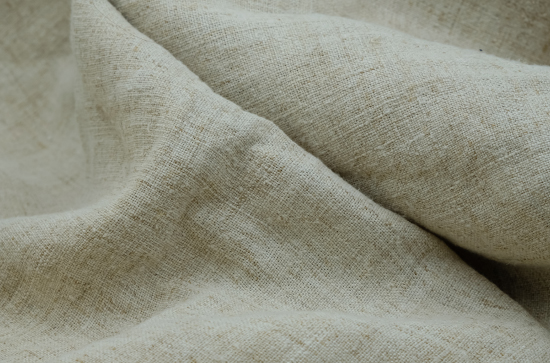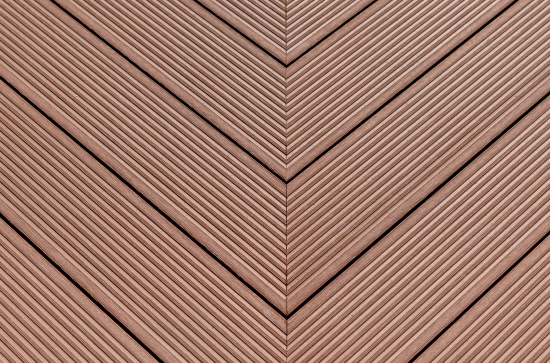
Advanced Materials
Natural materials transform into amazing things; so take a look at some of the advanced materials our team explores in partnership with High Standard Labs.

Hempcrete
Combining the inner woody core of the hemp plant, known as the hurd or shiv, with lime and water, creates hempcrete. The resulting bio-composite material is lightweight, durable, and provides excellent insulation properties, and therefore it is often used in construction for walls, floors, and insulation panels.

Hemp Fiber Composites
Hemp fibers reinforcing various materials create hemp fiber composites—materials known to be lightweight, strong, and environmentally friendly. Significantly, in the automotive industry, hemp fiber composites regularly appear in interior panels, dashboards, and door panels. Additionally, many manufacturers of furniture, sports equipment, and packaging materials include hemp fiber composites in their products, as well.

Hemp Bio-plastics
Bioplastics processed from hemp produce a sustainable alternative to traditional petroleum-based plastics. Molded into various shapes, hemp bioplastics are an exceptional material for packaging, disposable cutlery, and automotive parts.

Hemp Textiles
Hemp-based textiles spun from industrial hemp fibers exhibit durability, breathability, and antimicrobial properties, particularly suited for making clothing, upholstery, beddings, and other fabric-based products.

Hemp Nanomaterials
By extracting cellulose nanocrystals from hemp fibers, we can create tiny particles that exhibit exceptional mechanical properties, resulting in nanocrystals to reinforce materials such as concrete or polymers, creating high-strength films, or developing advanced electronic devices.

Hemp Batteries
Batteries made from hemp? Our research into hemp-based electrodes show promising results in terms of energy storage capacity and cost-effectiveness. So someday soon, hemp-based materials may become a sustainable resource for a green, electrified future.

Hemp Bio Diesel
We have a fuel grade for use in vehicles derived from hemp, thus helping reduce the need for petroleum-based fuels.

Hemp Bio-composites
Combining hemp fibers with bio-based resins or matrices creates versatile bio-composite materials. When used in the production of products like furniture, automotive parts, and consumer goods, these materials offer a sustainable alternative to conventional composites.
Learn more about our advanced materials
Discover how our wide range of hemp-based materials can benefit your products while helping reduce your carbon footprint and protecting the environment.